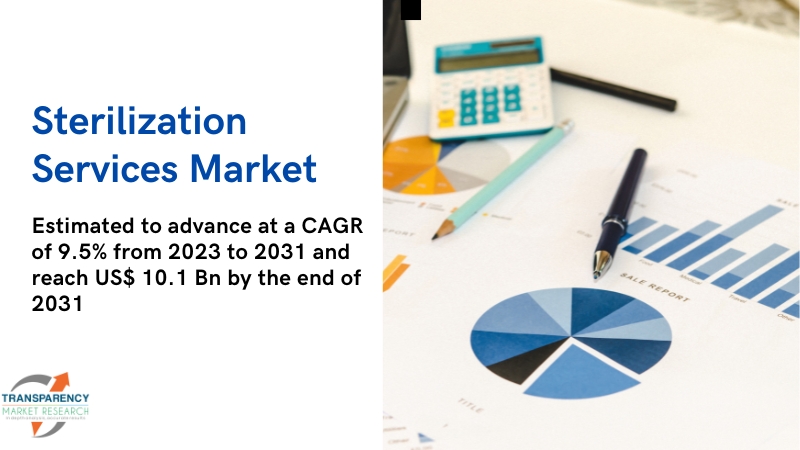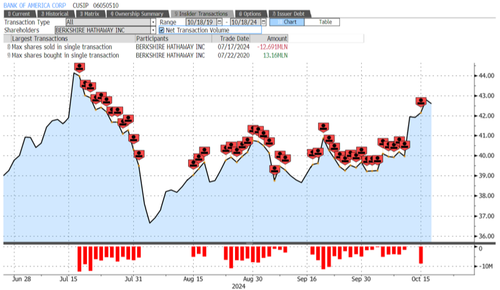
The Federal Reserve recently lowered the target range of its federal funds rate by 50 basis points to a range of 4.75% to 5%, much to the delight of the market, which is now trading at or near all-time highs. The market's enthusiasm is tied to the estimate that this is just the beginning of the Fed's rate-cutting campaign and that it could extend through the remainder of this year and 2025.
According to the CME Group 's FedWatch tool, which looks at 30-day future prices on the federal funds rate to track the probabilities of changes, slightly more than a quarter of traders (as of Sept. 25) expect to see the federal funds rate drop into a range of 2.75% to 3% by the Fed's December 2025 meeting.
That implies another potential 200 basis points of interest rate cuts over roughly the next year and three months. Is the market getting ahead of itself? Let's take a look. Balancing inflation and the labor market Heading into the Fed's September meeting, the market was torn between whether the Fed would do a 0.
25% or 0.5% cut. It all boiled down to whether the Fed would continue to focus on inflation, which was reported at 2.
5% in August and remained above the Fed's 2% target, or the labor market, with unemployment rising and recently triggering the Sahm Rule , which has proved to be a reliable indicator of recessions in the past. With the half-point cut, it's clear the Fed is encouraged by slowing inflation and is now more focused on rising unemployment to avoid a recession and achieve a soft landing for the economy. Fed Chair Jerome Powell has made it clear that the Fed no longer wishes to see any further deterioration in the labor market.
Fed officials have also been speaking to the public since their last meeting, and so far the market seems to think their comments indicate that another jumbo rate cut could be coming. Chicago Fed President Austan Goolsbee said in a recent Q&A, "Over the next 12 months, we have a long way to come down to get the interest rate to something like neutral to try to hold the conditions where they are." As of Sept.
25, the FedWatch tool showed that 64% of traders expect another half-point cut at the Fed's November meeting. Where things start to get murky is how the Fed balances its dual mandate. Inflation is still not at 2% and Powell, in his press conference following the Fed's September meeting, said the Fed is not declaring victory on inflation and would like to see inflation hover around 2% for some time.
But the economy appears to be chugging along fine, according to several metrics. August retail sales came in much better than expected. According to S&P Global Market Intelligence, the U.
S. Purchase Manufacturing Output Index (PMI), one measure of business activity that tracks the manufacturing and servicing sectors, came in at 54.4 in September, just slightly below August and ahead of expectations.
A reading over 50 suggests expansion. However, the flash manufacturing PMI fell to the lowest level in 15 months at 47, coming in below expectations. There's conflicting data out there to be sure, but where things could get dicey for the Fed and the market is if inflation remains at current levels or even reverts higher, and doesn't get down to the Fed's 2% target.
This makes more intense interest rate cuts harder to justify, although where unemployment goes from here is also very important. Is the market discounting inflation? The Fed's decision to cut by 50 basis points came with one dissent from a voting member of the Federal Open Market Committee , something that hasn't occurred in a rate decision since 2005. Fed Gov.
Michelle Bowman recently said she preferred a quarter-point cut, because she sees "greater risks to price stability, especially while the labor market continues to be near estimates of full employment." A lot will depend on future data such as the closely followed monthly jobs report and the Consumer Price Index. If inflation remains sticky, the Fed may not be able to cut as much as the market currently thinks, which could trigger a sell-off in stocks.
I can't predict the future, but I think investors should be mindful of the complexities involved in these decisions and the difficulty the Fed may have in achieving its dual mandate..














